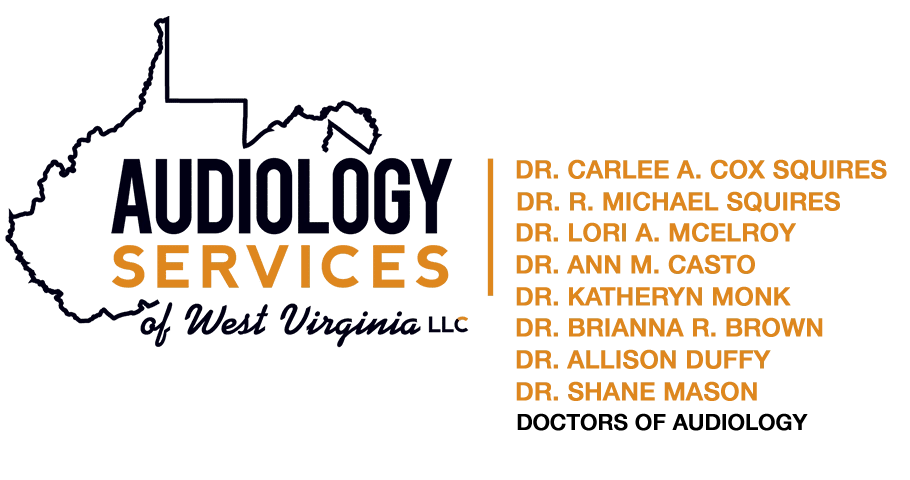OUR AUDIOLOGY CARE
Appointment Schedule - From Website
At Audiology Services of West Virginia, our philosophy is that hearing healthcare can affect an individual’s overall quality-of-life and should be monitored as part of an annual health physical. When a hearing problem is identified, our Doctors of Audiology will evaluate many aspects of our patient’s lifestyle and needs to help him or her select from a variety of hearing instruments and assistive listening devices.
Hearing aids are a common form of treatment for most types of hearing loss. However, hearing instruments are not always the answer. Our Doctors of Audiology have experience working with other management options such as cochlear implants, bone-anchored devices, and sound therapy options for tinnitus. Knowing appropriate communication strategies is a key to success when using any hearing instrument or device. Our audiologists have a background in aural rehabilitation and auditory-verbal therapy techniques, which ensures that our patients are equipped with all the tools necessary to take advantage of the best hearing experience possible.
We feel that is very important to select a healthcare provider with whom you feel comfortable and provides the best care.
AUDIOLOGY SERVICES
- Diagnostic Services
- Tinnitus Therapy
- Cochlear Implant Care
- Cerumen Removal
- Custom Earmolds & Hearing Protection
- Industrial Screenings/Testing
TYPES OF HEARING AIDS
When it comes to hearing aids, there is no one-size fits all option. Hearing aids come in many different sizes and fitting styles (how they attach to your ear). Today’s hearing aids are considered sleek, compact, and innovative – offering solutions to a wide range of hearing aid wearers. We work with the leading hearing aid manufacturers to ensure that our patients have the best choices available.
- Invisible in-the-Canal (IIC)
- Completely-in-the-Canal (CIC)
- In-the-Canal (ITC)
- Full Shell or In-the-Ear (ITE)
- Mini BTE w/Slim Tube & Tip
- Receiver In Ear (RIC)
- BTE with Earmolds
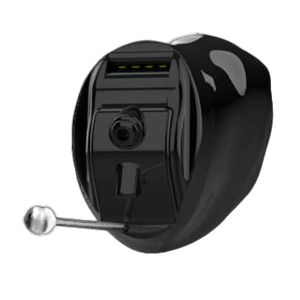
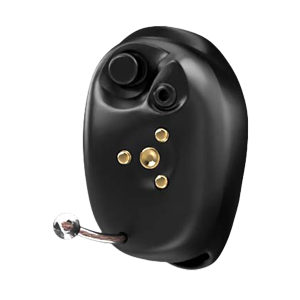
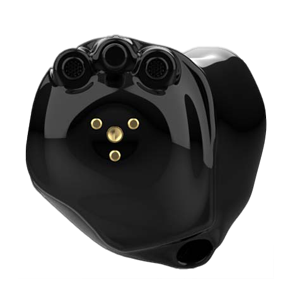
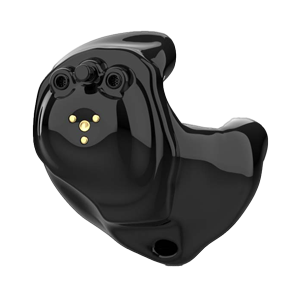
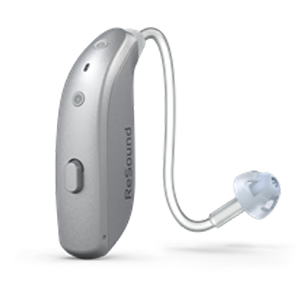
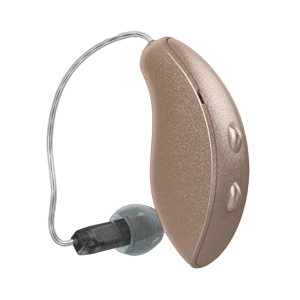

HEARING AID SERVICES
- Hearing Aid Consultation & Fitting
- Hearing Aid Programming
- Hearing Aid Repairs
- Telecoil and Auracast
- Clean & Check Services
